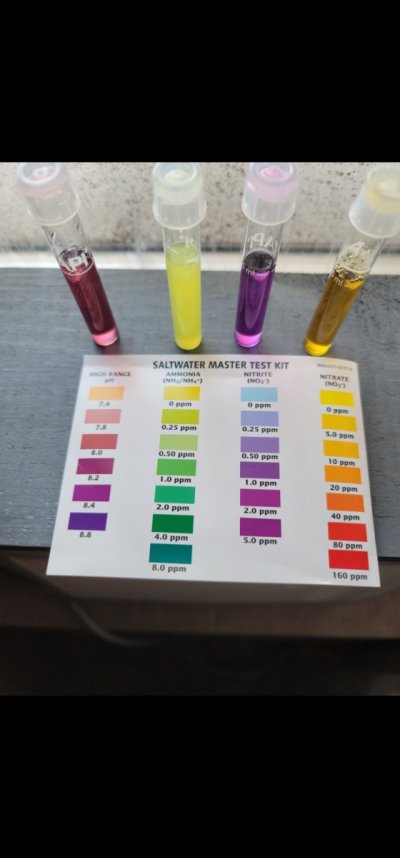I'm currently cycling my Red Sea XL 425 with 60 pounds of caribsea arch rocks, 80 pounds caribsea sand special grade with 2kg Maxspect nano-tech bio spheres in the sump.. Fishless cycle with dr tim's one and only using Dr tims ammonium chloride solution. i'm on day 19 of cycle and nitrites not dropping, zero ammonia since day 8. On day 14, I did 25% water change two time but nitrite didn't dropped. what should i do?





















